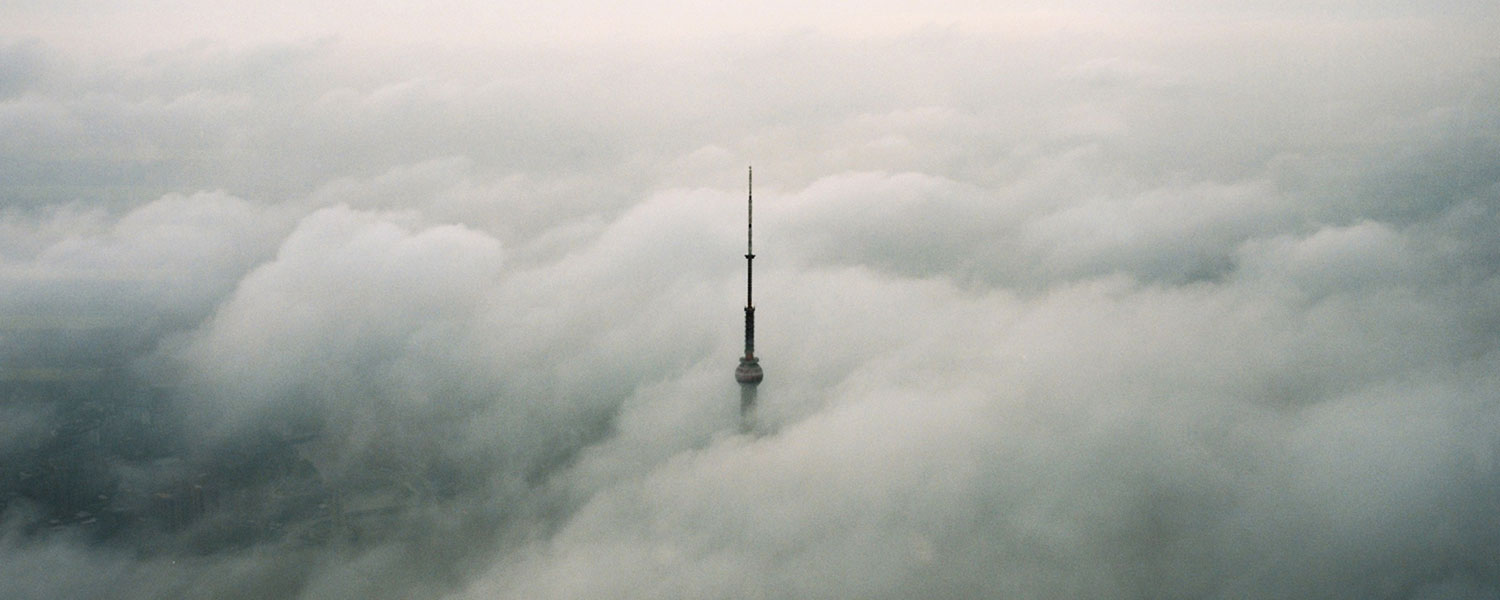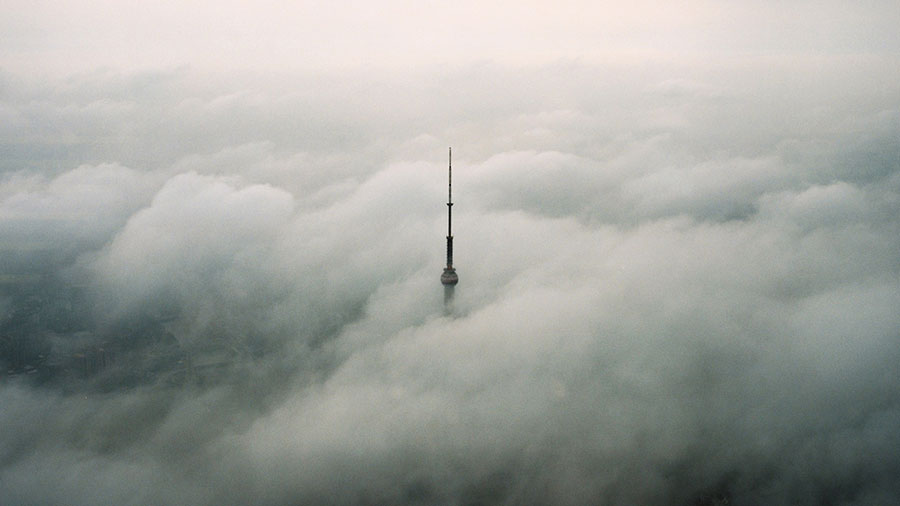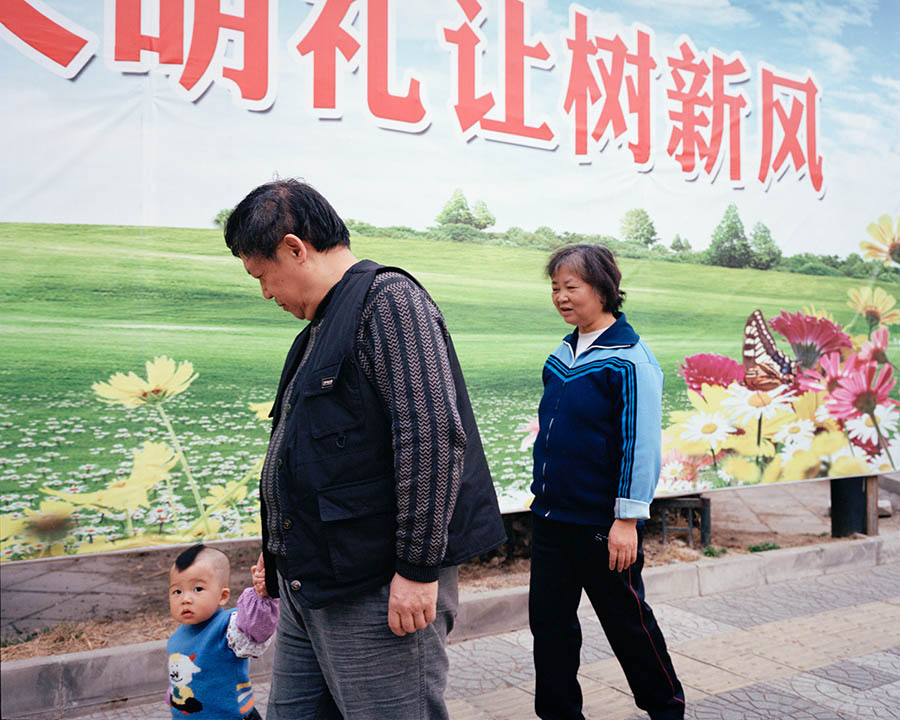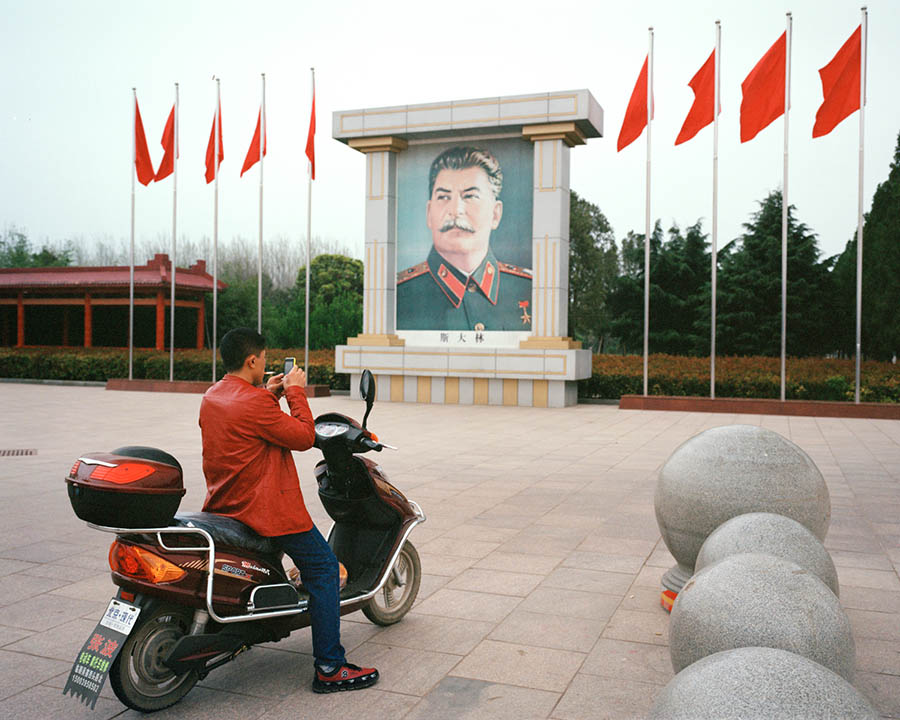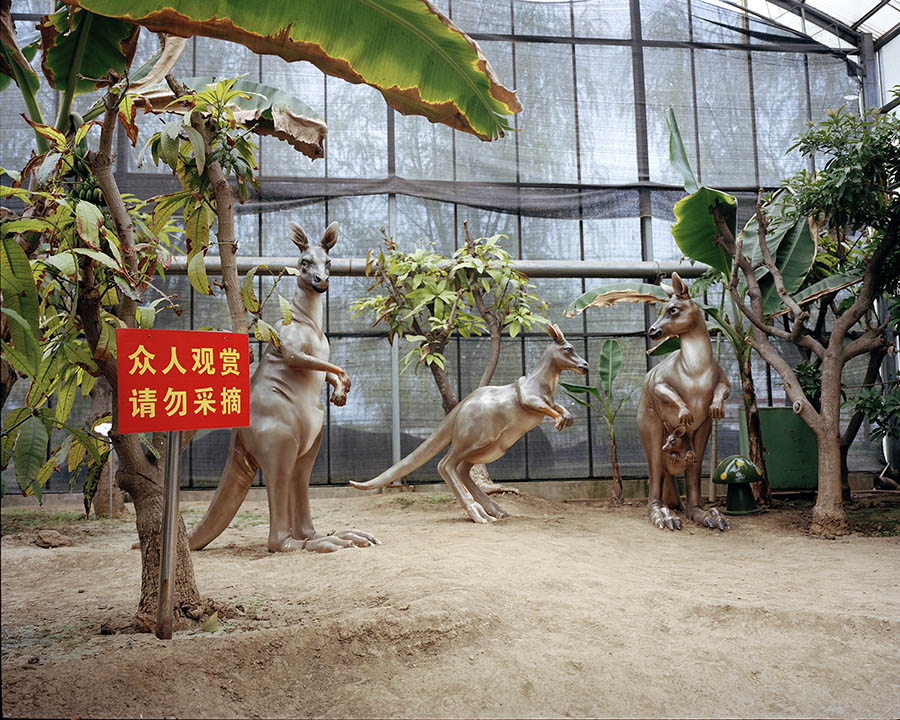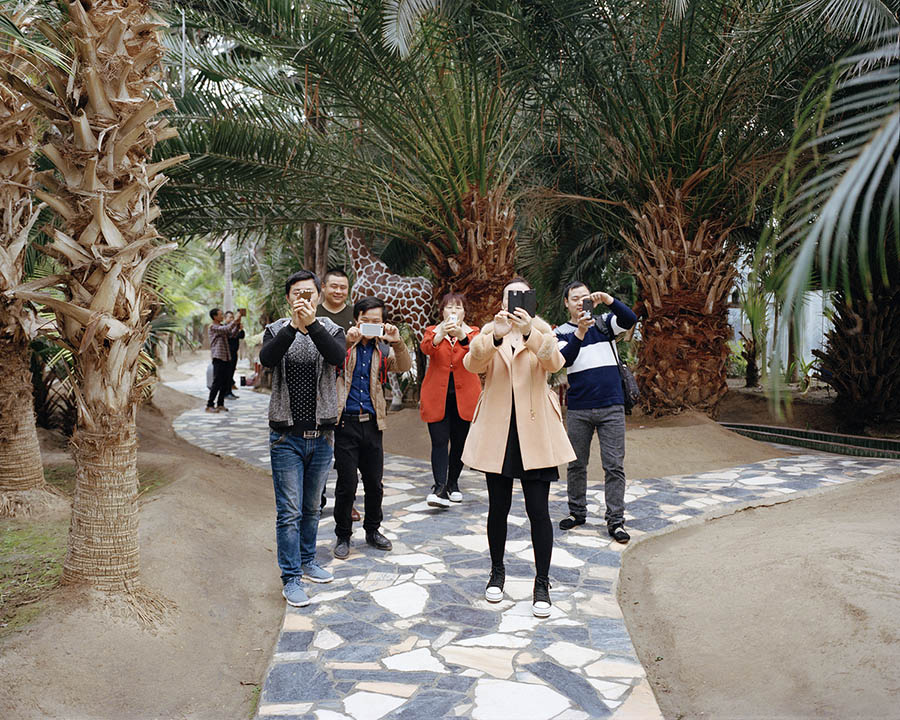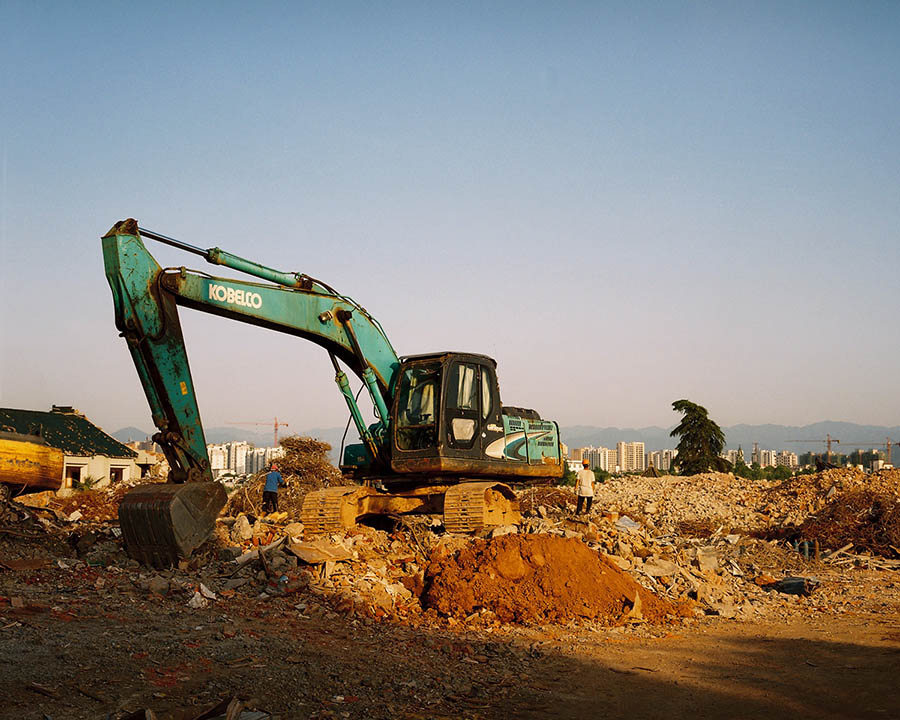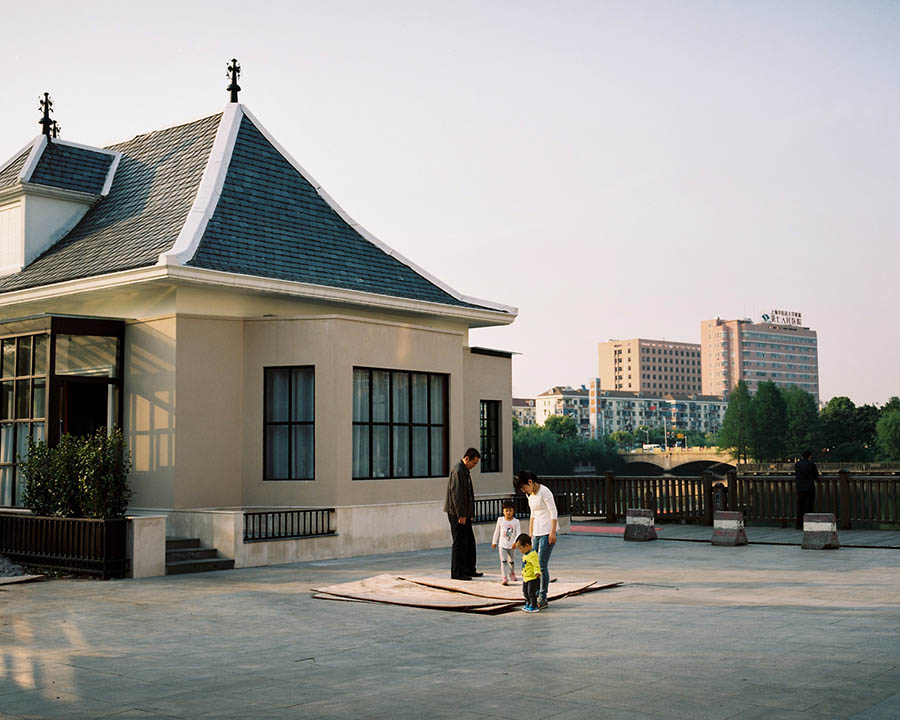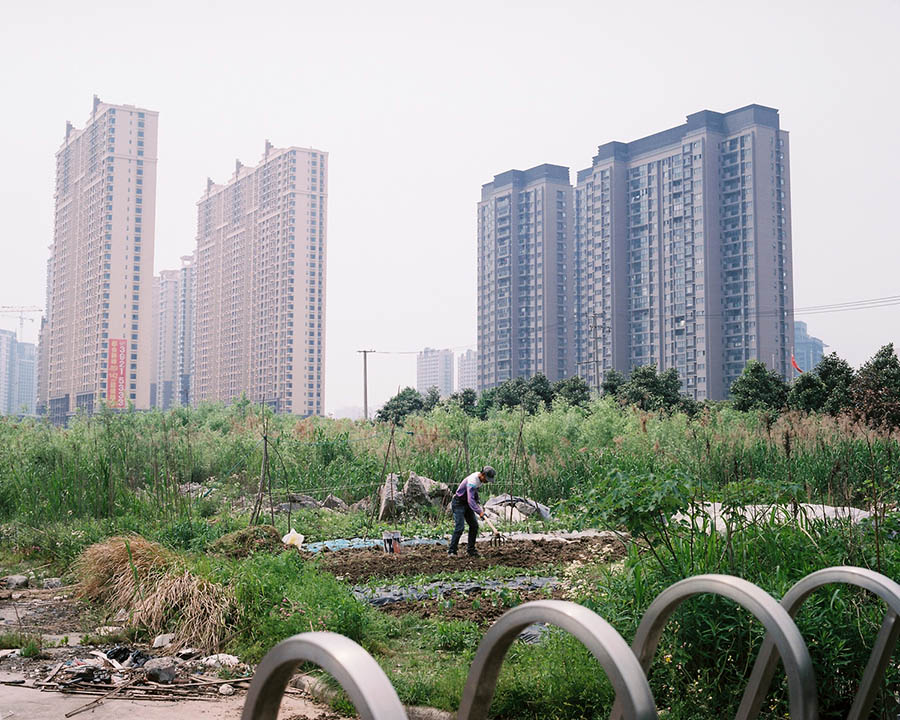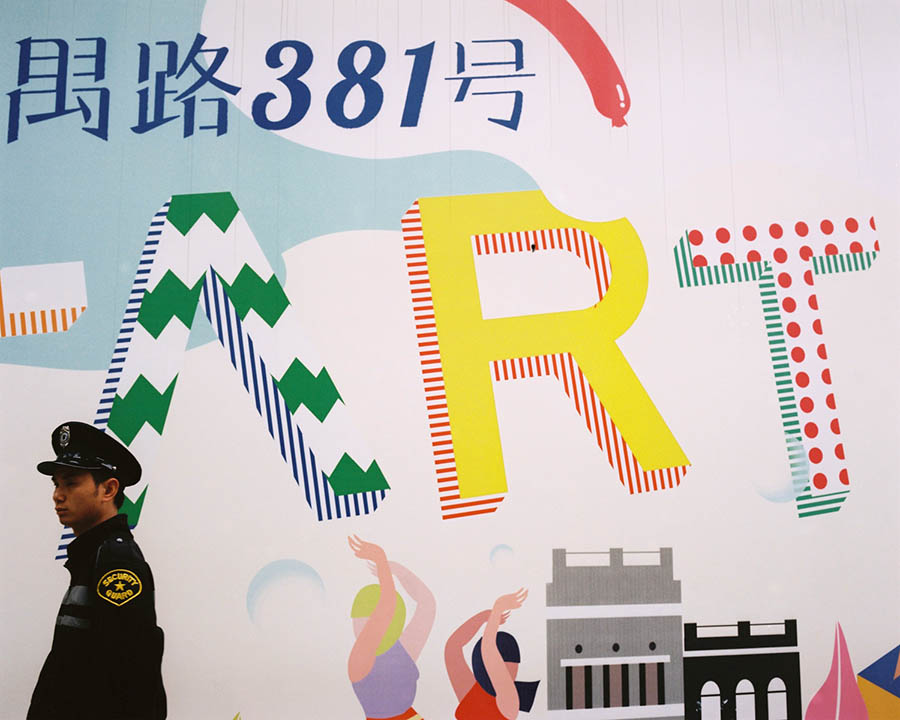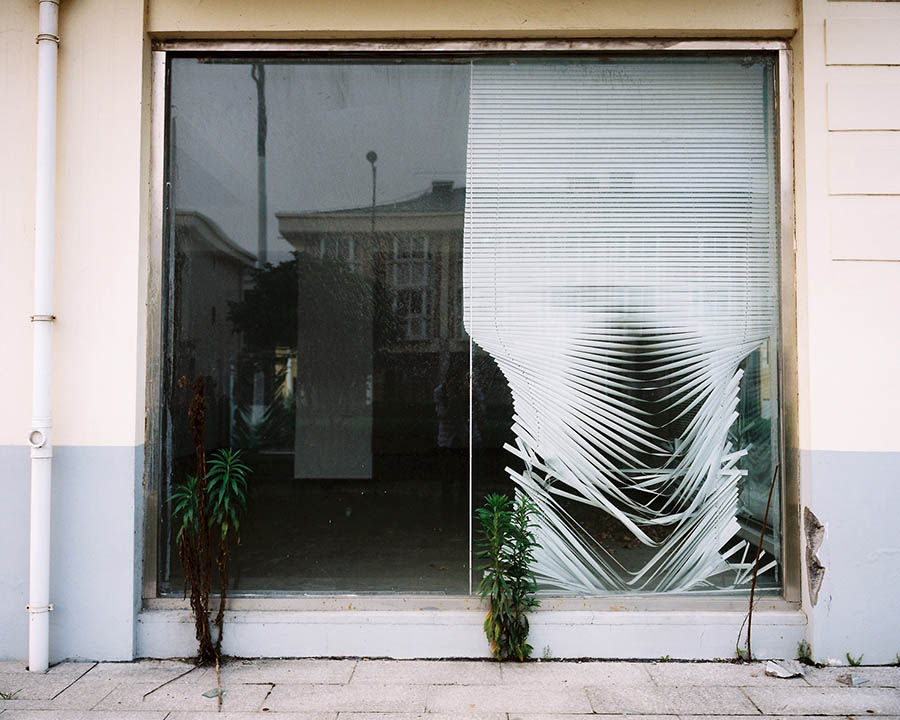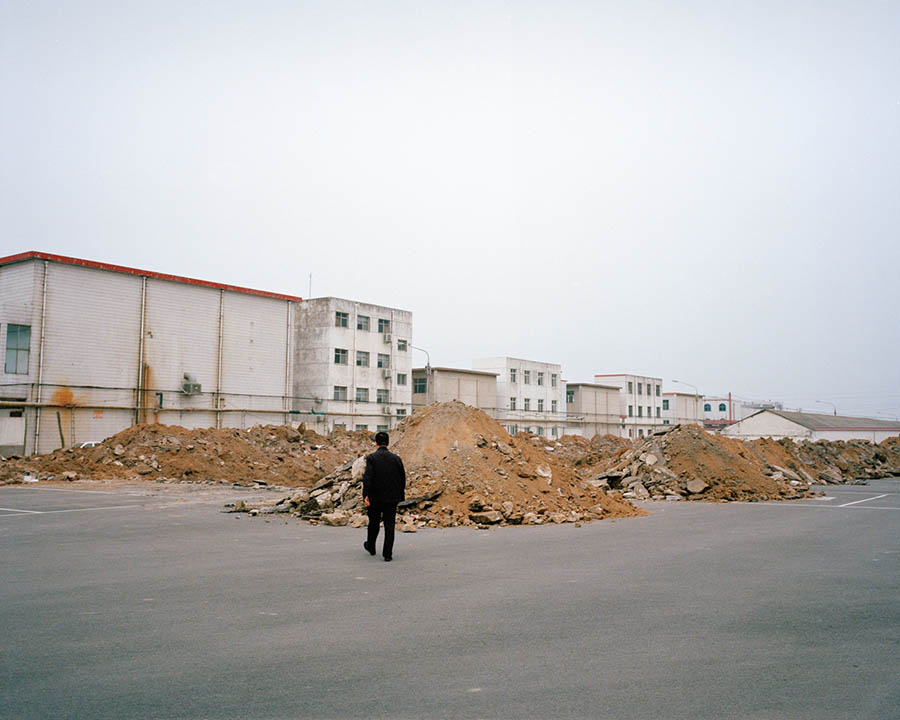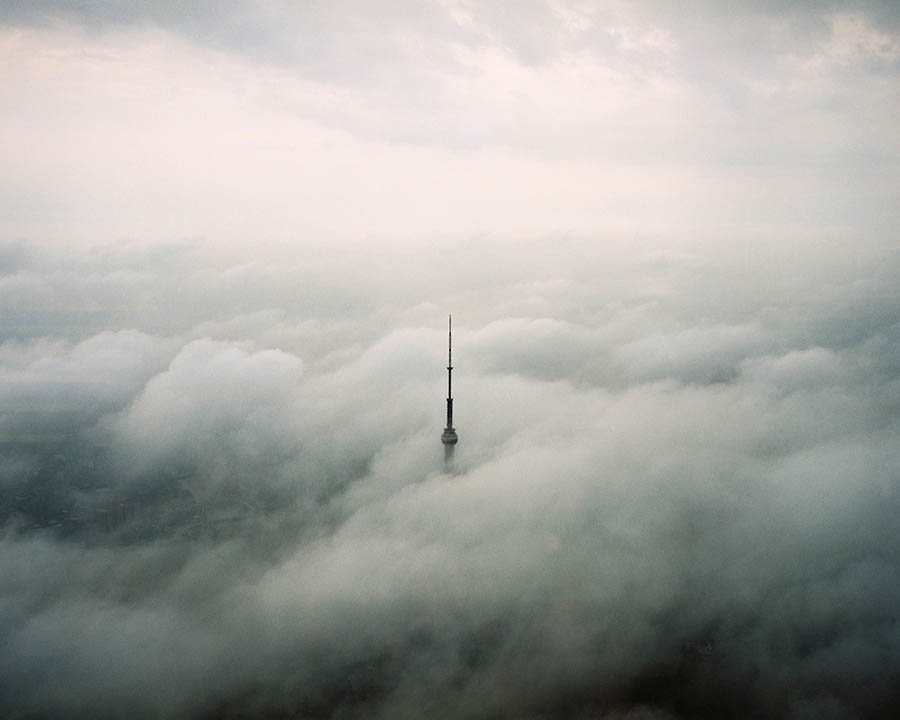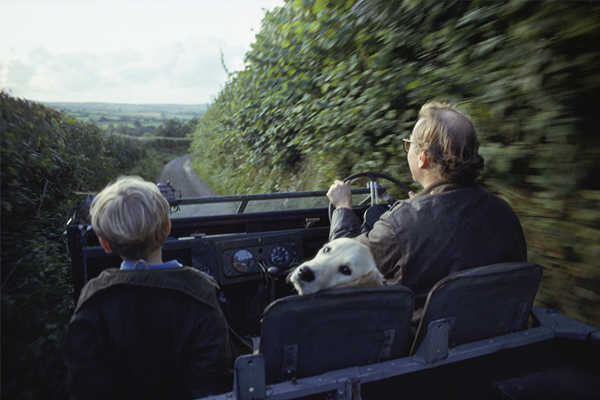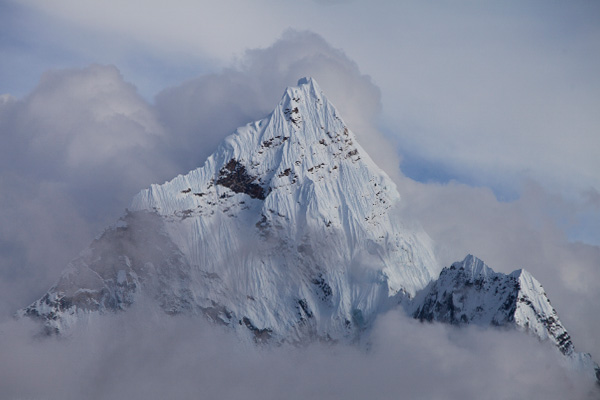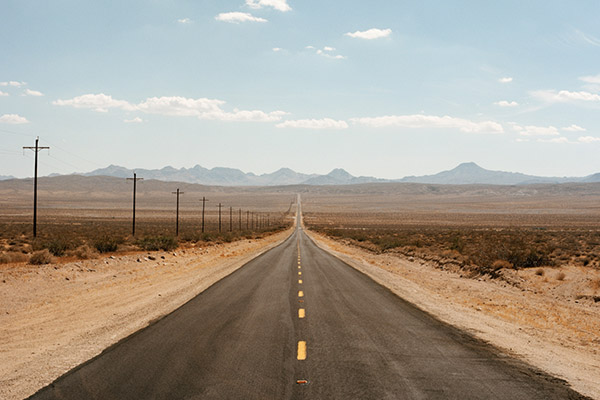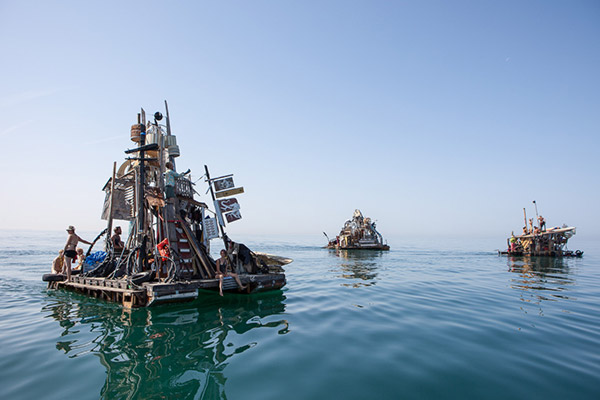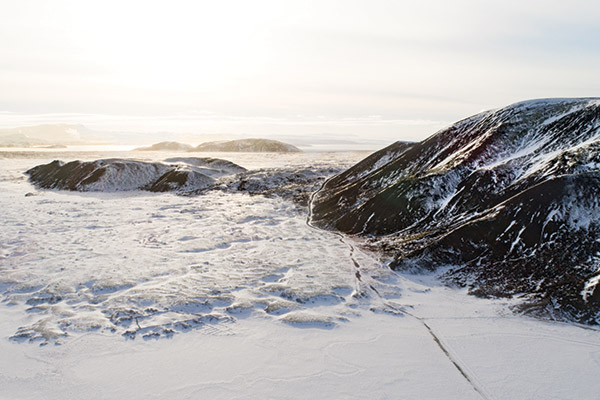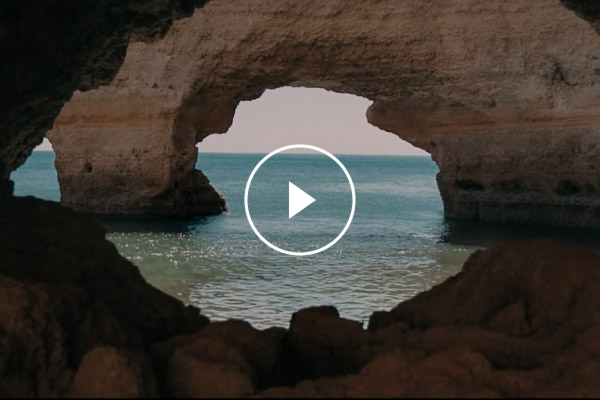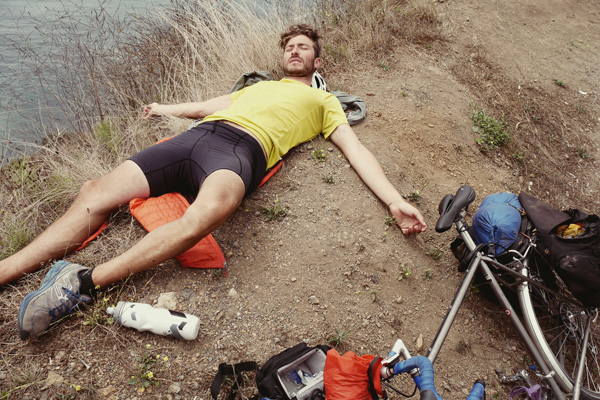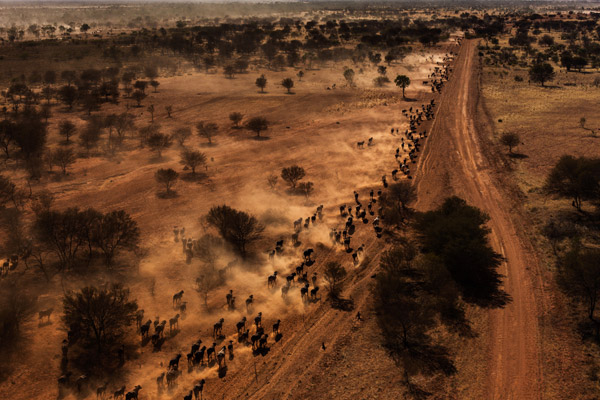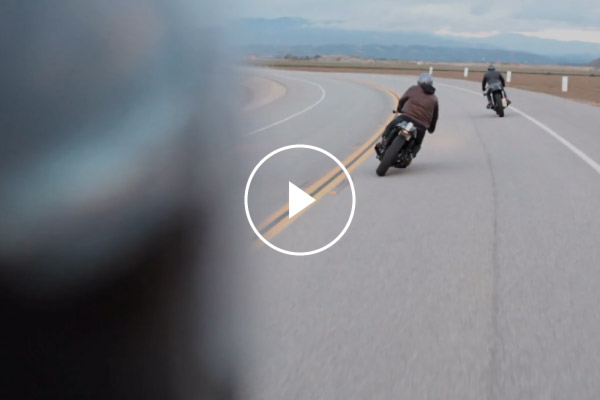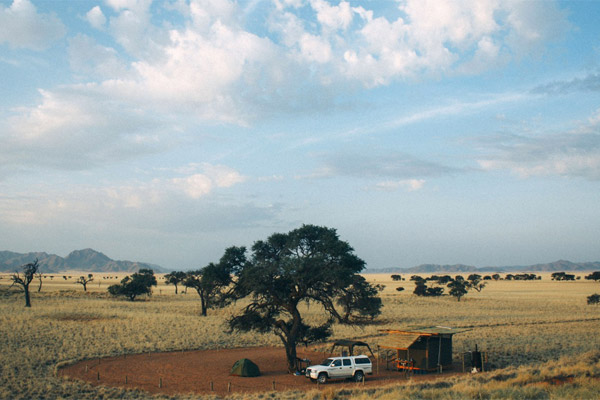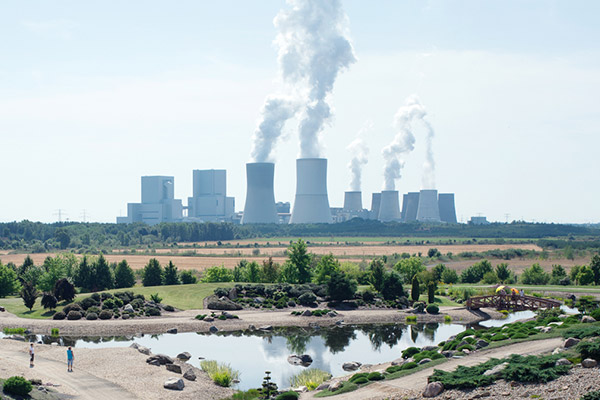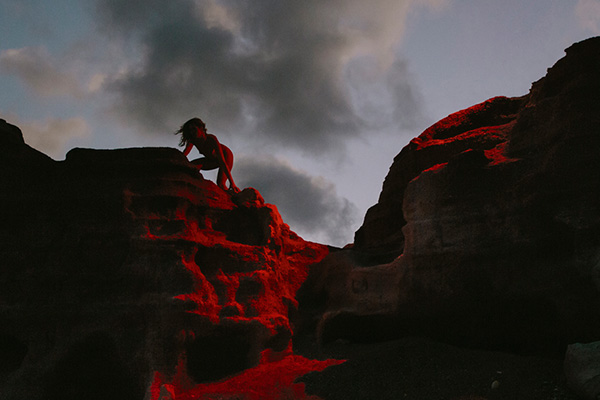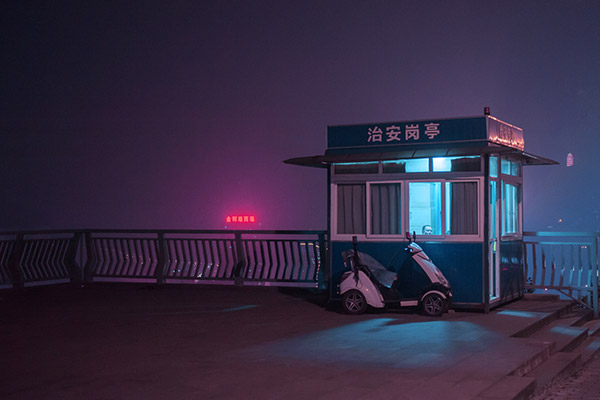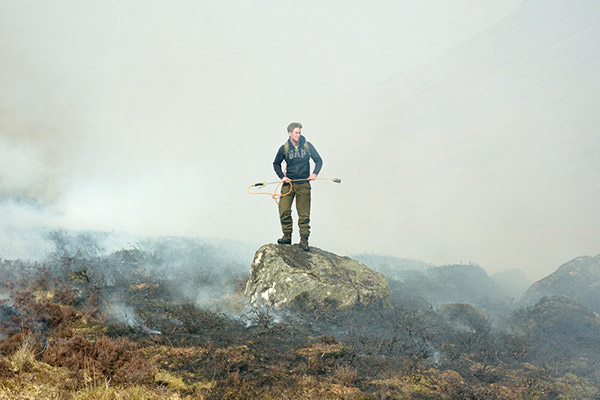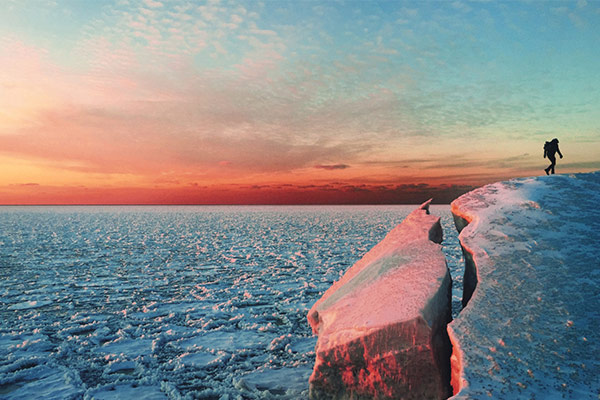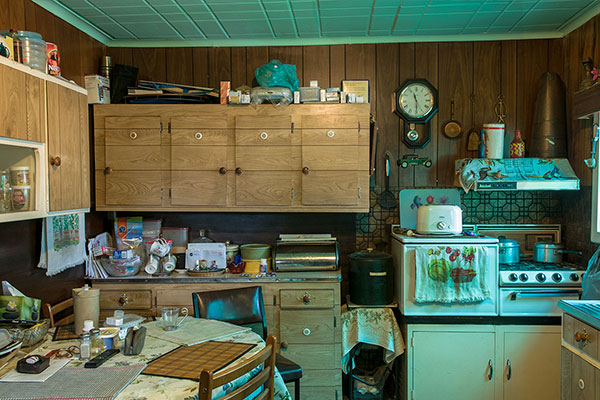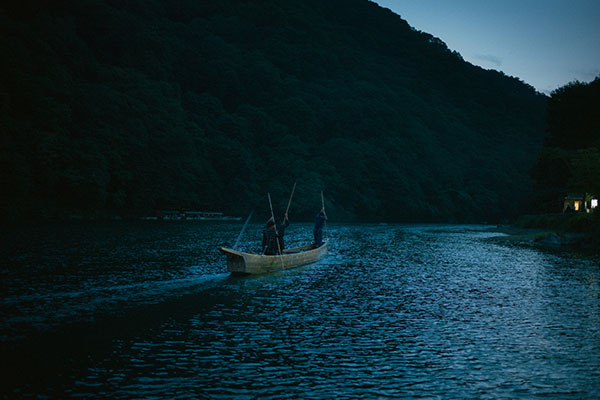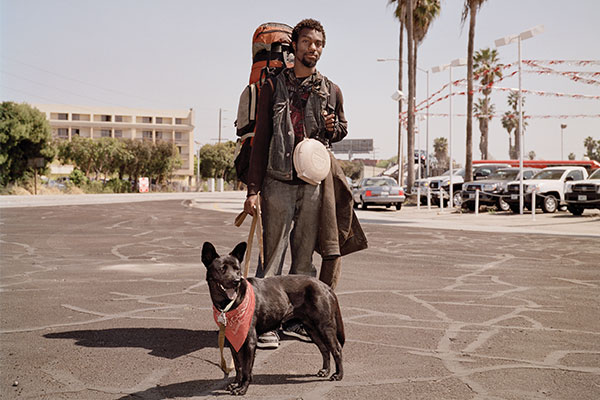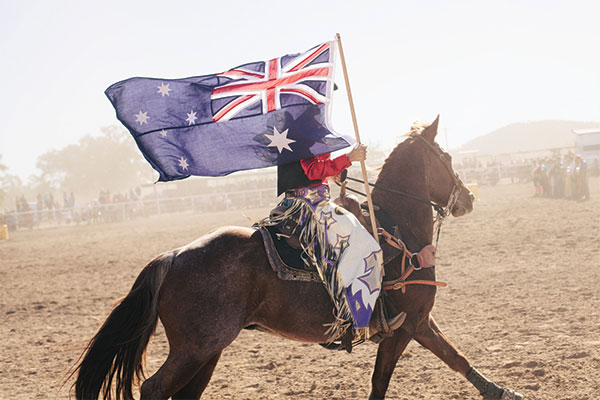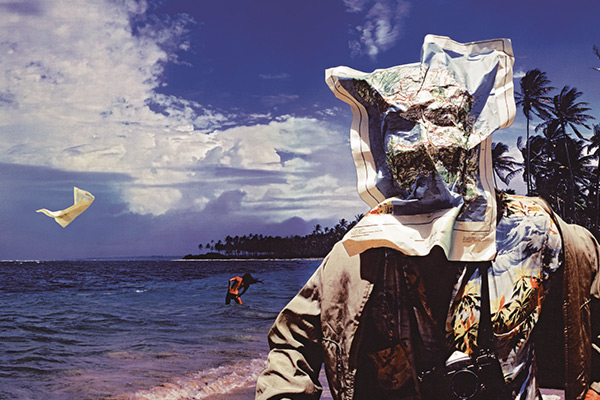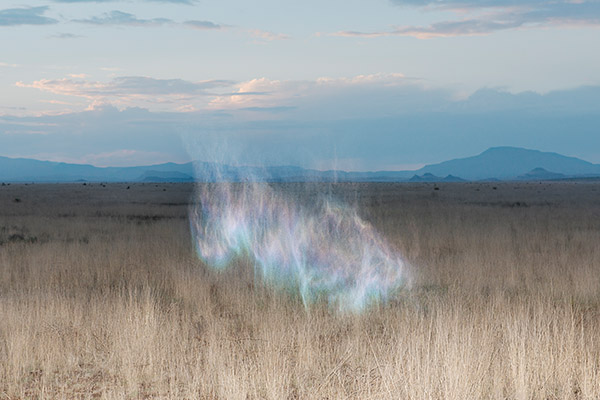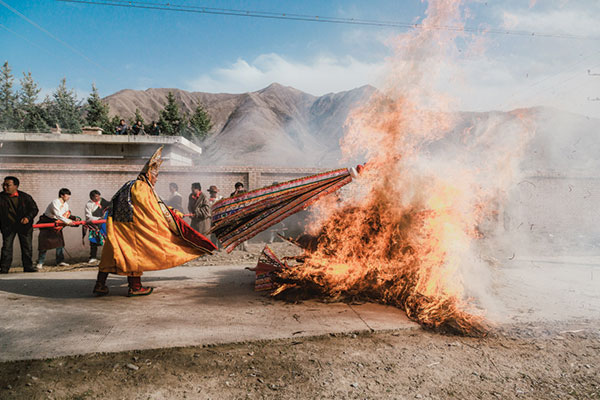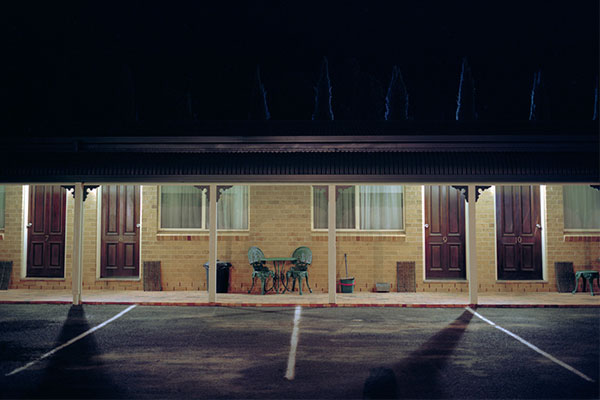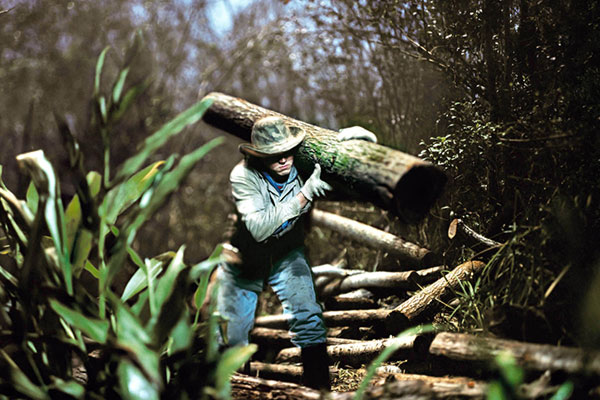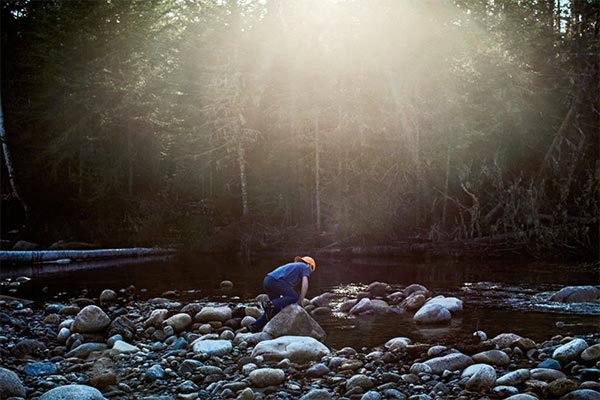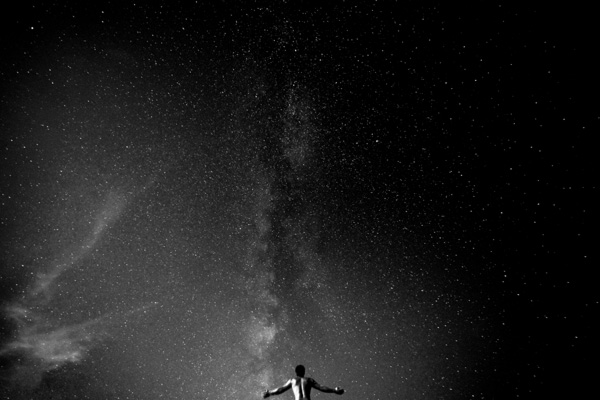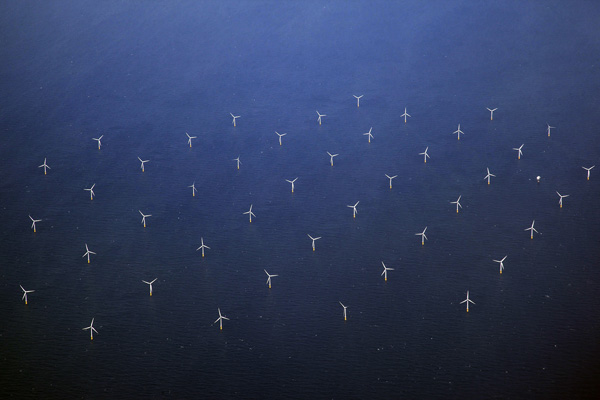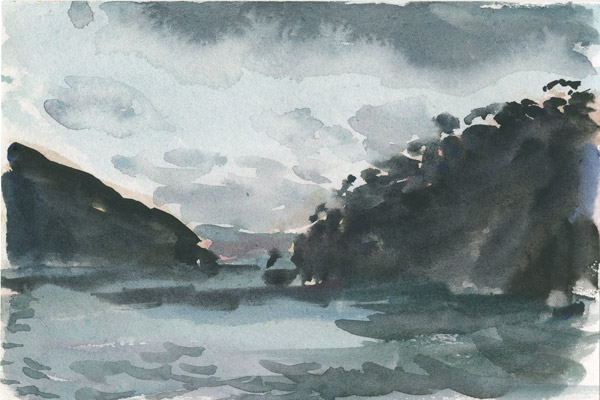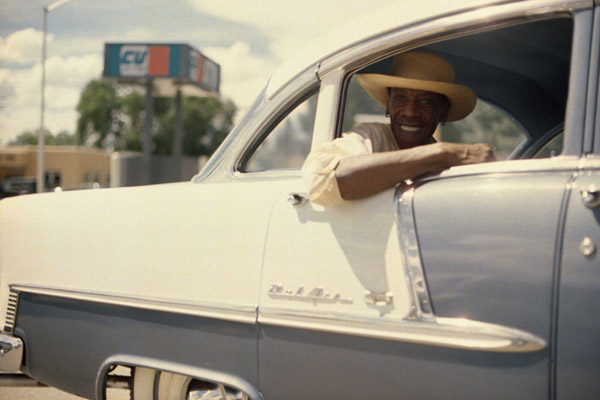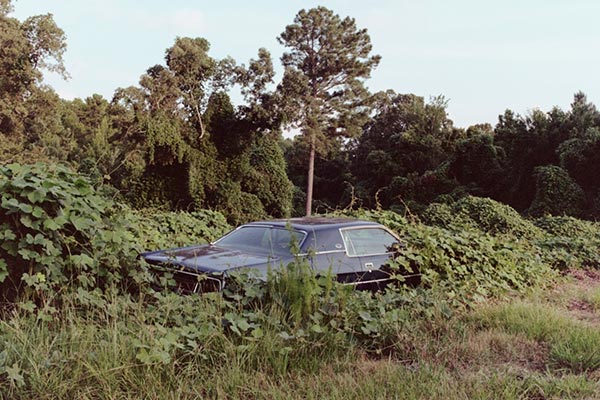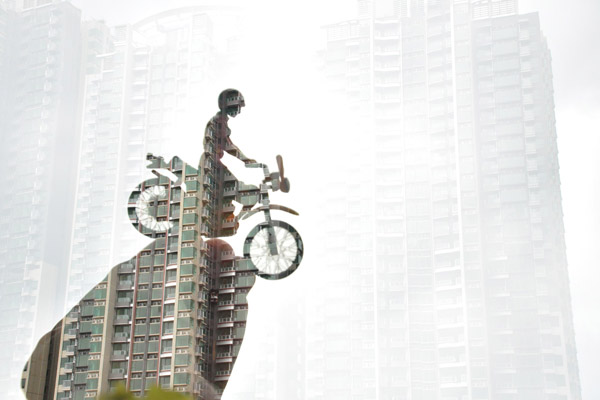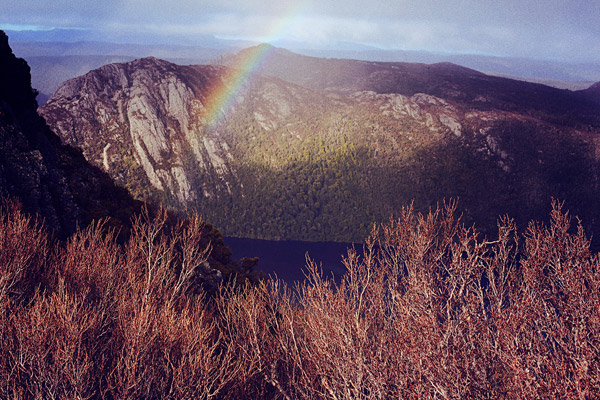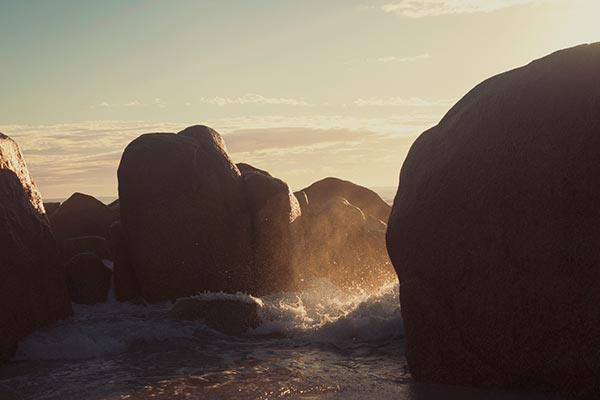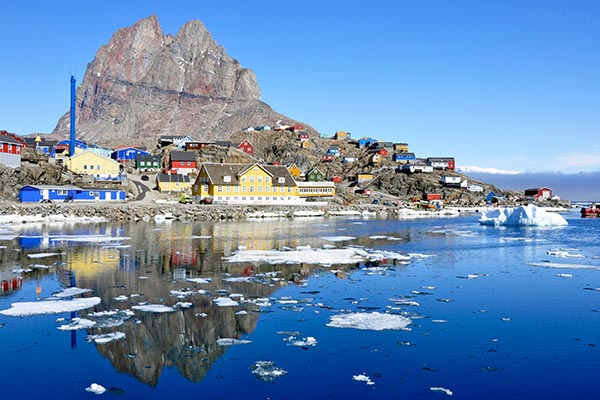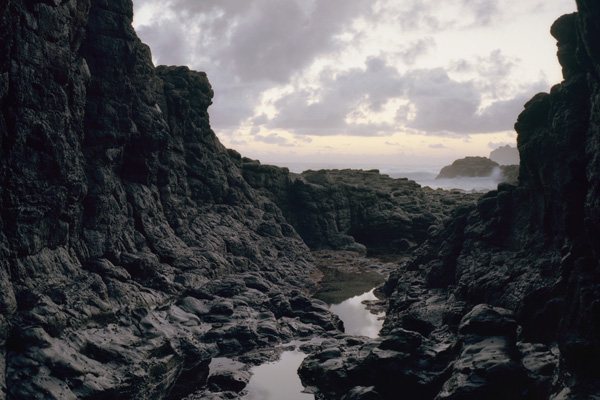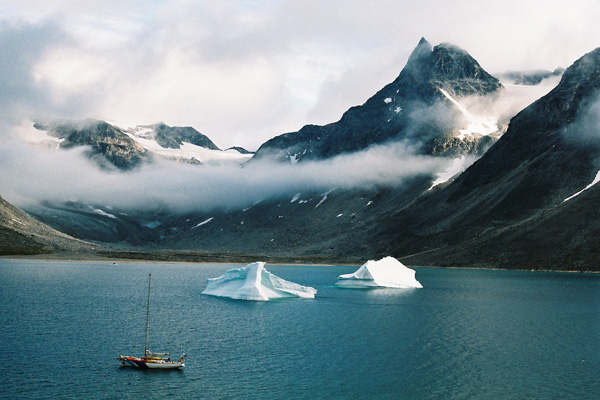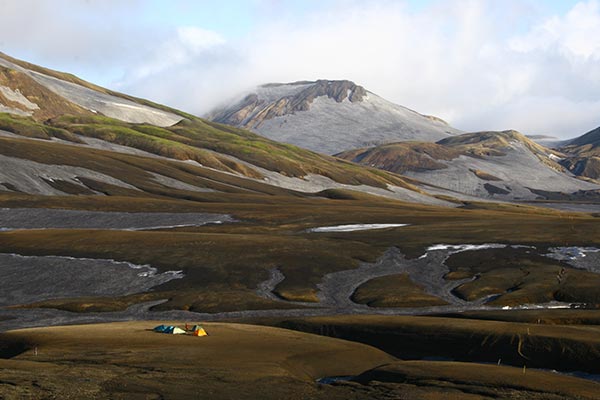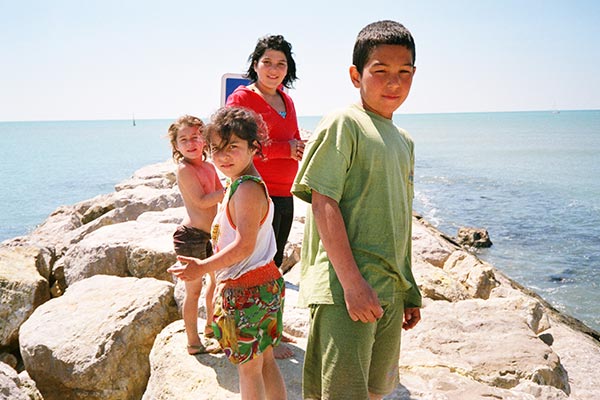Melbourne-based photographer Tim Fenby has spent the last couple of years documenting the rapidly changing urban landscapes of modern China. Recently returned from another trip, Tim’s latest work explores themes of tourism and China’s unique brand of capitalism.
Earlier this year Tim and I put on our first exhibition together, “Double Whammy”, a brash look at Australian summer culture. In the aftermath of the show I sat down with Tim to discuss his next series of work.
Your first trip to China was early last year. What drew you to travel to China in the first place?
It was a naïve curiosity really, formed around basic ideas of what China was – that it seemed interesting, intense, surreal. I had heard about this town called Nanjiecun, reported as being the last communist village in China, and that was my trigger to go, “Alright, I’m going to go check this out.” Our Western perspective on China is really limited, kind of simplified and sensationalised, so that grew my intrigue. I wanted to see it for myself.
What did you do over the course of your first visit?
I didn’t have too many plans and wanted to let myself find what was interesting to me.
I went to the Forbidden City, as you do, and it was really amazing, but what I was particularly interested in was all the strange contrasts. When you enter it’s this traditional building that has nothing to do with communism, but front and centre there’s that portrait that everyone knows of Mao. Then all the people who are visiting – this new middle class of Chinese tourists hitting up their own tourist attractions – a lot of them are wearing high-end luxury brands, or knockoffs, so there’s traditional China in the buildings, there’s mid-century China in Mao and communism, and there’s modern China in these capitalist symbols. All these three things in this one spot. I found that pretty strange and surreal.
Then all the people who are visiting – this new middle class of Chinese tourists hitting up their own tourist attractions…
I also took a lot of photos of the facades in front of construction sites, which are on every corner in China. They’re often covered up with these huge photographs of beautiful trees and landscapes, or these cartoon green meadows with doves. A lot of them have solar cells or wind turbines in them and blue skies – whereas the skies in Beijing are almost always grey.
And I spent a few days in Nanjiecun, a small town in Henan province, reported as being the last Maoist village in China.
Tell me about your time in Nanjiecun.
I stayed in Nanjiecun for two nights in their only hotel, a communist-style place with around 200 or 300 rooms. It was just me and a small Chinese family there. Everything was red; all the staff wore these red blazers and there were an unnecessary amount of them hanging around compared to the number of guests staying.
There were old, cracked sculptures of animals, and this communist theme through the structure and architecture paired with couples having their wedding photos taken.
I took a lot of photos in their massive greenhouse – it combined all these weird visuals and non-sequiturs, these traces of communism, capitalism, and traditionalism. There were old, cracked sculptures of animals, and this communist theme through the structure and architecture paired with couples having their wedding photos taken. And I was getting stared at, because I was also this weird thing in the greenhouse, this surreal thing to them.
What led to you return to China for this most recent trip?
I started researching and educating myself more about China. And one of things that intrigued me the most, which has intrigued plenty of people, was the “ghost city” phenomenon. I read a lot about the Chinese housing market; how it works, how it’s different to the Western market, why certain cities are empty at this point in time, are they being gradually filled up? This idea of making brand new cities from scratch, in rural areas, is insane. But China’s in a certain position where, because they have a fair bit of centralised control, politically they can kind of make it work.
So I was interested in all of that, but at the same time, as a photographer, the idea on its own wasn’t enough – I was also looking for something that was visually appealing. One of the particular initiatives that drew my attention was the One City, Nine Towns development in Shanghai, where nine self-contained satellite towns were built around the metropolis periphery. The Shanghai mayor had the fairly flamboyant idea of building these towns themed on different world countries and regions, including Holland, Spain, Italy, Germany, England, Scandinavia, North America and China itself. On my most recent trip I managed to travel out to each of these satellite towns and document their evolution.
How did you find the physical journey of travelling out to these satellite towns?
A lot of the towns have had deliberate Metro extensions from Shanghai over the last ten years, but others are really far out and awkward to reach. I’d get a train to the end of the line, and then queue up to get a bus. Once I’d gotten a bus, and arrived in the general town, I’d have to find the new “modelled” part of town, and get a taxi from that point. In the Spanish town I actually got an Uber Black because I couldn’t get a taxi or a normal Uber; the driver was like, “are you sure you want to get out here?” It was difficult to find the towns, as they weren’t marked in maps or anything, and even asking locals it was hard.
…these teenagers in ill-fitting suits would walk through handing out pamphlets pushing investment properties. I got offered a couple of times: “You want home?”
Going into each town on the train, as you get close to the end of the line, these teenagers in ill-fitting suits would walk through handing out pamphlets pushing investment properties. I got offered a couple of times: “You want home?” A lot of the current investments in China are not for people to live in, at least not for the moment; they’re investments for people’s children. I stumbled across this building dedicated to real estate in Thames Town and it was filled with Chinese families fervently looking to secure future housing for their young children.
Did you feel you stood out as a Westerner? How did you go about taking photos?
It made it hard that everyone within a 50-metre radius was staring at me almost all of the time. It was easier in the touristy spots, but in the other areas like Nanjiecun or anywhere out of the main tourist traps, I had to be open, honest and just smile. A lot of the time I rolled with being a tourist, but that also meant that I only ever had one chance to take a photo, because generally the scene was done within seconds of me being seen. It was pretty hard to take candid photos. I’m not sure how I did it exactly but I had to be quick, I had to persevere.
I did get told to stop taking photos by police a couple of times. They came up to me and asked me in broken English, with me responding in broken Chinese, but otherwise were really nice.
What sort of scenes were you looking for?
I’d summarise my photography as moments where I see something that I would have trouble explaining in words; certain feelings or observations that I’ve had. Part of the whole process is to be somewhere strange and surreal that doesn’t feel like normal life.
What’s really great about photography, in particular documentary photography, is that you discover what it’s all about whilst you’re doing it, whilst you’re shooting.
What’s really great about photography, in particular documentary photography, is that you discover what it’s all about whilst you’re doing it, whilst you’re shooting. So many photographers are reliant on constructing these concepts and then affirming them in their photos. But it’s more about being in the moment and taking a photo that transcends my construction of a meaning, than simply going out to capture what I’m intending to show. I don’t think there’s enough of that in photography now.
You’ve been learning Mandarin. Do you see yourself returning to China in the future?
I think I’ve spent enough time as an outsider. That’s been an interesting perspective; some of the best photography has been done by outsiders, and I don’t want to discredit that. But I also did a lot of research as well, so there was a balance there between going in blind and going in with background knowledge on what I was interested in and what I wanted to shoot.
Next time I think I’d like to speak a lot more Mandarin and be able to converse with a lot more people though. It’s possible I’ll go back but I’m going to properly learn Mandarin before I do.
Images by Tim Fenby. Interview by Anne Moffat for AHB
timfenby.com | @timfenby
Receive a postcard from us sign up


